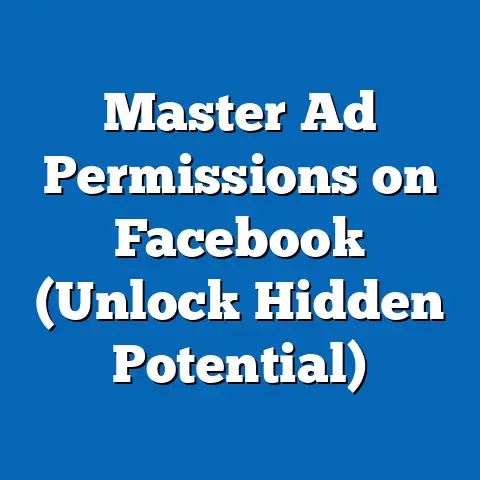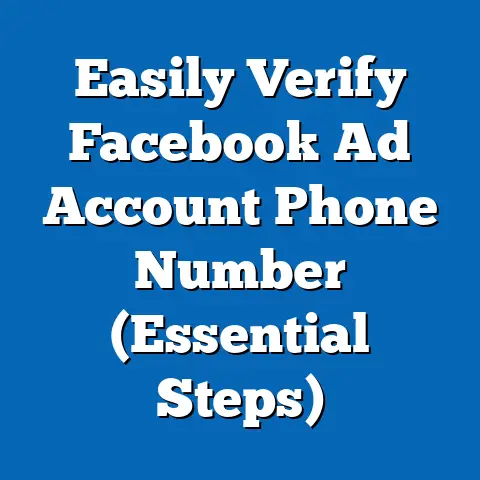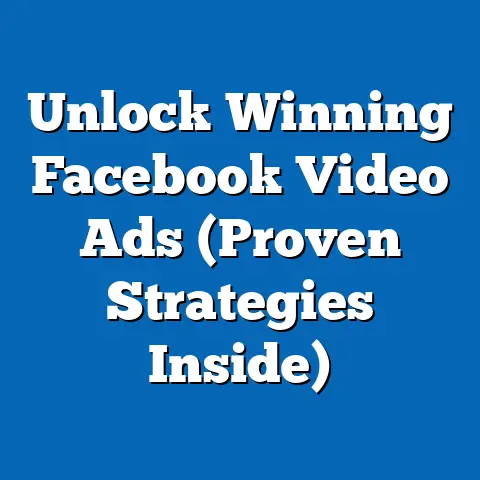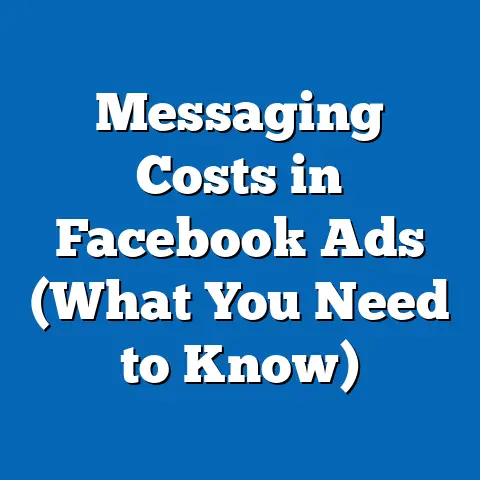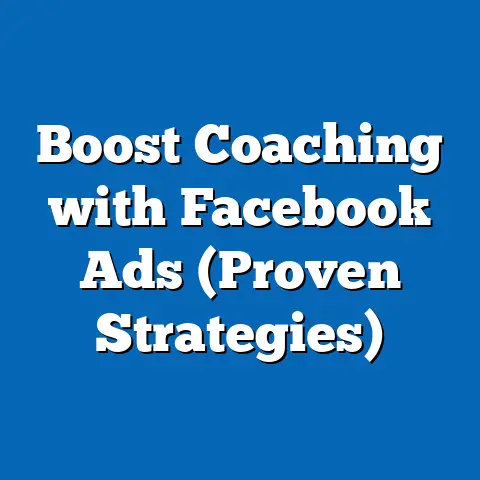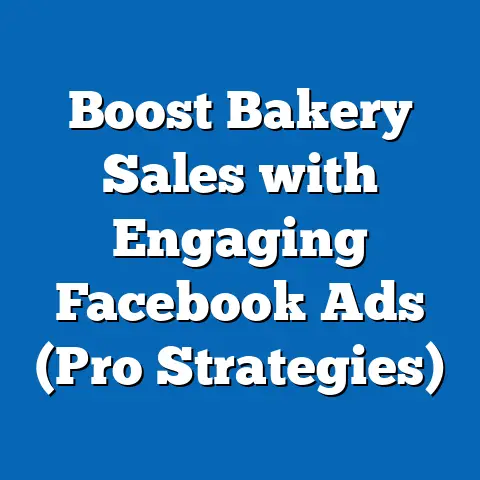Unlocking Facebook’s New Photo Notifications (Game-Changer!)
Have you ever wondered how a single notification could revolutionize your social media engagement and redefine your connection with friends and family? I know it sounds like hyperbole, but Facebook’s new photo notifications have the potential to do just that. In a world increasingly dominated by visual content, these notifications are designed to cut through the noise and bring the moments that matter most directly to your attention.
These aren’t just your run-of-the-mill “so-and-so liked your photo” alerts. Facebook’s new photo notifications are smarter, more personalized, and designed to foster deeper connections. They leverage sophisticated algorithms to identify photos that are relevant to you, whether it’s a picture you’re tagged in, a snapshot featuring close friends, or an image that aligns with your interests. This heightened relevance can significantly drive engagement, making the platform feel more personal and connected.
In this article, I’ll dive deep into the world of Facebook’s new photo notifications, exploring everything from their evolution and inner workings to their impact on user engagement and the opportunities they present for brands. I’ll also tackle the potential challenges and consider what the future holds for social media engagement in this visually driven landscape.
The Evolution of Notifications on Social Media
Notifications have come a long way since the early days of social media. I remember when a notification was simply a red number popping up on your screen – a basic alert that someone had interacted with your content. Back then, it was enough to pique your interest, but as social media platforms grew and the volume of content exploded, notifications became increasingly overwhelming and less effective.
On Facebook, the evolution of notifications has been a gradual process of refinement. Initially, notifications were fairly generic, alerting you to likes, comments, and friend requests. As the platform matured, Facebook began to introduce more granular controls, allowing users to customize the types of notifications they received. This was a crucial step in addressing the issue of notification fatigue.
However, the real game-changer came with the rise of algorithms. Facebook started using algorithms to personalize notifications, prioritizing content that was deemed most relevant to each individual user. This meant that instead of seeing a barrage of notifications about every single interaction, you would see notifications about the things that truly mattered to you.
The Rise of Visual Content
The evolution of notifications is intertwined with the rise of visual content on social media. Photos and videos have always been popular, but in recent years, they’ve become the dominant form of content. Platforms like Instagram and TikTok have demonstrated the power of visual storytelling, and Facebook has responded by placing a greater emphasis on visual content in its news feed.
Photo sharing has become a central element of the user experience on Facebook. People share photos of their families, their travels, their hobbies, and everything in between. These photos are not just snapshots; they’re windows into people’s lives, and they play a crucial role in fostering connections and building communities.
It’s no surprise, then, that Facebook has focused on enhancing the photo-sharing experience. Photo notifications are a natural extension of this effort, providing a way to bring relevant visual content to users’ attention and encourage them to engage with it.
Takeaway: Notifications have evolved from simple alerts to sophisticated systems designed to boost user engagement. The rise of visual content has further fueled this evolution, making photo notifications a crucial element of the social media experience.
What Are Facebook’s New Photo Notifications?
So, what exactly are these new photo notifications, and how do they differ from the notifications we’re used to seeing? At their core, they are notifications specifically related to photos and videos. However, the key difference lies in their enhanced personalization and relevance.
These notifications go beyond simply alerting you when someone likes or comments on your photo. They also include:
- Tag Suggestions: Notifications that prompt you to tag yourself or friends in photos where Facebook’s facial recognition technology identifies you.
- Shared Memories: Notifications that remind you of photos and videos you shared on a particular date in the past.
- Photos Featuring Close Friends: Notifications that alert you to photos featuring people you interact with frequently.
- Photos Related to Your Interests: Notifications that highlight photos and videos that align with your stated interests or past interactions.
The Technology Behind the Magic
The magic behind these notifications lies in Facebook’s sophisticated algorithms and machine learning models. These algorithms analyze a vast amount of data, including your profile information, your interactions with other users, and the content you engage with.
Here’s a simplified breakdown of how it works:
- Facial Recognition: Facebook uses facial recognition technology to identify people in photos and videos. This allows them to suggest tags and notify you when you appear in content shared by others.
- Interest Mapping: Facebook analyzes your likes, comments, shares, and other interactions to build a profile of your interests. This allows them to identify photos and videos that are relevant to you, even if you’re not directly tagged in them.
- Social Graph Analysis: Facebook’s social graph maps the relationships between users. This allows them to identify your close friends and prioritize notifications about photos and videos featuring those individuals.
- Content Analysis: Facebook analyzes the content of photos and videos, including the objects, scenes, and themes they depict. This allows them to identify content that aligns with your interests.
By combining these different technologies, Facebook is able to deliver photo notifications that are highly personalized and relevant to each individual user.
Takeaway: Facebook’s new photo notifications are more than just simple alerts. They leverage sophisticated algorithms and machine learning models to deliver personalized and relevant visual content to users.
The Impact on User Engagement
The potential impact of these new photo notifications on user engagement is significant. By delivering more relevant and personalized content, Facebook can encourage users to spend more time on the platform, interact with their friends and family, and discover new content.
I’ve seen firsthand how personalized notifications can drive engagement. In a previous role, I worked on a social media app that used similar algorithms to deliver tailored notifications to users. We saw a significant increase in user engagement after implementing this feature, with users spending more time on the app and interacting with more content.
While concrete statistics on the specific impact of Facebook’s new photo notifications are not yet publicly available, we can look at similar features on other platforms to get an idea of their potential. For example, Instagram’s “Explore” page, which uses algorithms to recommend personalized content, has been shown to significantly increase user engagement.
The Psychology of Notifications
Notifications are powerful because they tap into our innate psychological tendencies. They create a sense of urgency, prompting us to check our phones and see what’s happening. They also tap into our desire for social connection, making us feel like we’re part of a community.
Here are a few psychological principles that explain why notifications are so effective:
- The Zeigarnik Effect: This principle states that people remember uncompleted or interrupted tasks better than completed tasks. Notifications create a sense of incompletion, prompting us to check them and “close the loop.”
- Social Proof: Notifications can provide social proof, showing us that other people are engaging with our content or that we’re missing out on something important.
- Variable Reward: Notifications are often unpredictable, delivering a mix of interesting and mundane content. This variable reward schedule can be highly addictive, keeping us coming back for more.
By understanding these psychological principles, Facebook can design notifications that are both engaging and respectful of users’ time and attention.
Takeaway: Facebook’s new photo notifications have the potential to significantly increase user engagement by delivering more relevant and personalized content. This is driven by both technological advancements and an understanding of the psychology of notifications.
Benefits for Content Creators and Brands
The benefits of Facebook’s new photo notifications extend beyond individual users. Content creators and brands can also leverage these features to enhance their marketing strategies and reach a wider audience.
Here are a few ways that brands can utilize photo notifications:
- Run Contests and Giveaways: Encourage users to share photos related to your brand by running contests and giveaways. Use photo notifications to alert users when their friends participate, creating a viral effect.
- Highlight User-Generated Content: Showcase user-generated content featuring your products or services. Use photo notifications to alert users when their photos are featured, rewarding their loyalty and encouraging others to participate.
- Promote Visual Storytelling: Use photos and videos to tell compelling stories about your brand. Use photo notifications to alert users when you share new visual content, driving engagement and building brand awareness.
- Target Specific Interests: Use Facebook’s targeting options to deliver photo notifications to users who are interested in your products or services. This ensures that your content reaches the right audience, maximizing its impact.
I remember working on a campaign for a travel company that used user-generated content to promote their destinations. We encouraged customers to share photos of their trips using a specific hashtag, and we then featured these photos on our Facebook page. We saw a significant increase in engagement and website traffic as a result of this campaign.
Examples of Successful Visual Campaigns
Here are a few examples of successful campaigns that have effectively utilized visual content and notifications:
- GoPro: GoPro has built a massive following by showcasing user-generated videos of extreme sports and outdoor adventures. They regularly use photo notifications to alert users when new videos are shared, driving engagement and building brand awareness.
- National Geographic: National Geographic is known for its stunning photography. They use photo notifications to share their best images with their followers, inspiring awe and wonder and building a loyal audience.
- Airbnb: Airbnb uses photos and videos to showcase their unique accommodations around the world. They use photo notifications to alert users when new properties are added, encouraging them to book their next vacation.
By studying these examples, brands can learn how to effectively leverage visual content and notifications to achieve their marketing goals.
Takeaway: Facebook’s new photo notifications provide a powerful tool for content creators and brands to enhance their marketing strategies, increase brand visibility, and drive audience interaction.
Challenges and Considerations
While the potential benefits of Facebook’s new photo notifications are undeniable, it’s important to acknowledge the potential challenges and limitations. One of the biggest concerns is privacy.
Users may be concerned about how Facebook is using their data to personalize photo notifications. It’s crucial for Facebook to be transparent about its data collection and usage practices and to provide users with clear controls over their privacy settings.
Another concern is notification fatigue. Excessive notifications can be annoying and overwhelming, leading users to tune them out altogether. It’s important for Facebook to strike a balance between delivering relevant content and avoiding excessive notifications.
I’ve personally experienced notification fatigue on other platforms. I remember using a news app that sent me a notification every time a new article was published. I quickly grew tired of these notifications and eventually turned them off altogether.
Managing Notification Settings
Fortunately, Facebook provides users with a variety of options for managing their notification settings. You can customize the types of notifications you receive, the frequency of notifications, and the channels through which you receive them (e.g., push notifications, email notifications, SMS notifications).
Here are a few tips for managing your Facebook notification settings:
- Turn off notifications for things you don’t care about: If you’re not interested in receiving notifications about a particular topic, turn them off.
- Limit the frequency of notifications: If you’re receiving too many notifications, reduce the frequency.
- Choose the right channels: Decide which channels you prefer to receive notifications through. For example, you may prefer to receive important notifications via push notification but less important notifications via email.
- Review your settings regularly: Your notification preferences may change over time, so it’s important to review your settings regularly.
By taking the time to manage your notification settings, you can optimize your experience and ensure that you’re only receiving the content that matters most to you.
Takeaway: While Facebook’s new photo notifications offer significant benefits, it’s important to address potential challenges related to privacy and notification fatigue. Users can manage their notification settings to optimize their experience and ensure that they’re only receiving the content that matters most to them.
The Future of Social Media Engagement
Facebook’s new photo notifications are just one example of the ongoing evolution of social media engagement. As technology advances and user preferences change, social media platforms will continue to innovate and develop new ways to connect people and deliver relevant content.
I believe that the future of social media engagement will be characterized by the following trends:
- Increased Personalization: Algorithms will become even more sophisticated, delivering highly personalized content to each individual user.
- Greater Emphasis on Visual Content: Photos and videos will continue to dominate social media, with platforms focusing on enhancing the visual experience.
- More Immersive Experiences: Virtual reality and augmented reality will play a greater role in social media, creating more immersive and engaging experiences.
- Decentralized Platforms: Blockchain technology may lead to the emergence of decentralized social media platforms that give users more control over their data and content.
These trends will have a profound impact on the way we interact with social media and the way businesses market their products and services.
The Influence on Other Platforms
Facebook’s innovations often influence the development of other social media platforms. It’s likely that we’ll see other platforms adopting similar strategies to enhance user engagement and deliver more relevant content.
For example, Instagram has already introduced features similar to Facebook’s photo notifications, such as “Stories” and “Explore.” These features allow users to discover new content and connect with people who share their interests.
As social media platforms continue to compete for users’ attention, they’ll need to innovate and develop new ways to stand out from the crowd. Facebook’s new photo notifications are a step in the right direction, but they’re just one piece of the puzzle.
Takeaway: The future of social media engagement will be characterized by increased personalization, a greater emphasis on visual content, more immersive experiences, and decentralized platforms. Facebook’s new photo notifications are just one example of the ongoing evolution of social media.
Conclusion: Embracing the Change
Facebook’s new photo notifications are a game-changer for both users and brands. By delivering more relevant and personalized visual content, they have the potential to significantly increase user engagement, enhance marketing strategies, and build stronger connections.
While there are potential challenges and limitations, these can be addressed through transparency, user controls, and a focus on delivering value. As social media continues to evolve, it’s important to embrace these changes and explore how they can enhance our experience and achieve our goals.
I encourage you to explore Facebook’s new photo notifications and consider how they can enhance your social media experience. Whether you’re an individual user looking to connect with friends and family or a brand looking to reach a wider audience, these features offer a powerful tool for achieving your objectives. Embrace the change and discover the potential of Facebook’s new photo notifications!

